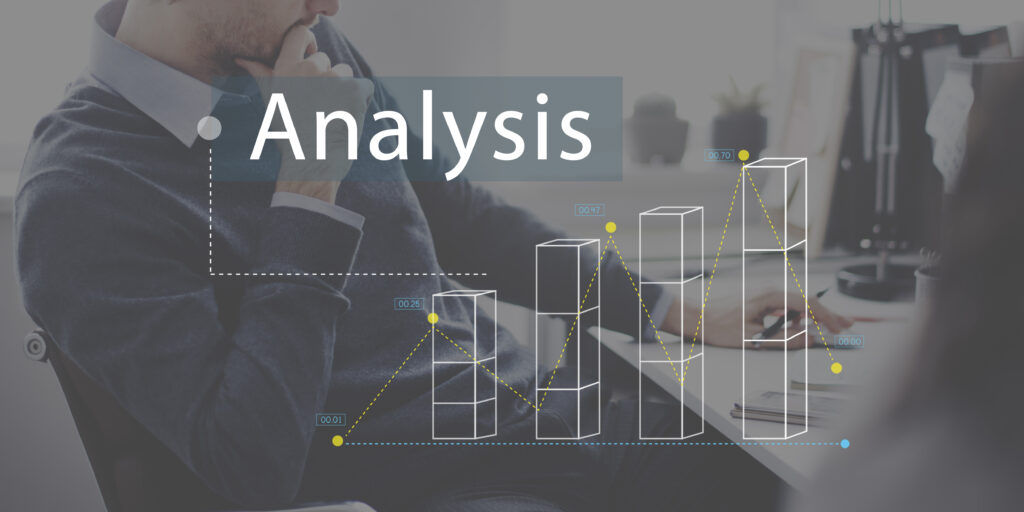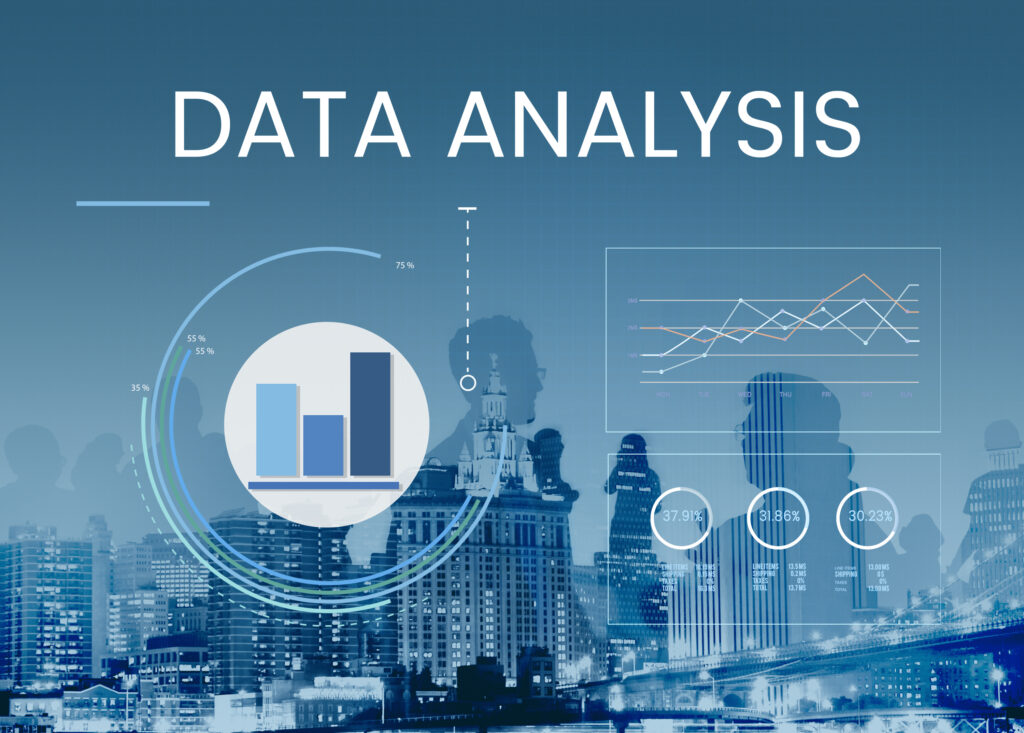“Detecting Outliers & Anomalies in Data: Techniques and Applications”
Data outliers and anomaly detection are important steps in the process of exploratory data analysis (EDA). Outliers are data points that are significantly different from the rest of the data. Anomalies are unusual or unexpected observations.Both can have a significant impact on the conclusions drawn from the data and must be identified and handled appropriately. […]

Data outliers and anomaly detection are important steps in the process of exploratory data analysis (EDA).
Outliers are data points that are significantly different from the rest of the data.
Anomalies are unusual or unexpected observations.Both can have a significant impact on the conclusions drawn from the data and must be identified and handled appropriately.
Outliers can be caused by a variety of factors, including measurement errors, data entry errors, or natural variations in the data. They can be identified using a variety of methods, including visual inspection, statistical tests, and machine learning algorithms.
One common approach is to use box plots or scatter plots to identify data points that lie outside of the normal range. Another approach is to use statistical tests, such as the Z-score or the Tukey method, to identify data points that fall outside of a certain range.
Anomalies, on the other hand, are unexpected or unusual observations that may indicate a problem with the data or the data collection process. They can be caused by a variety of factors, including hardware failures, software bugs, or malicious attacks.
They can be identified using a variety of methods, including visual inspection, statistical tests, and machine learning algorithms. One common approach is to use statistical tests, such as the Mahalanobis distance or the Local Outlier Factor (LOF) algorithm, to identify data points that are significantly different from the rest of the data.
Another approach is to use machine learning algorithms, such as the One-Class SVM or the Isolation Forest algorithm, to identify data points that are significantly different from the expected data distribution.
Once outliers and anomalies have been identified, it is important to determine the appropriate course of action. In some cases, it may be appropriate to remove or correct the data, while in other cases it may be more appropriate to keep the data and adjust the analysis accordingly. It is also important to consider the potential impact of outliers and anomalies on the conclusions drawn from the data and to report any findings to stakeholders.
It’s also important to note that, in some cases, Outliers and anomalies can be valuable information that can give insights about the data, for example, in fraud detection or anomaly detection in sensor data. So, it’s crucial to understand the context of the data and the task at hand before making a decision about handling the outliers and anomalies.
Overall, detecting and handling outliers and anomalies is an important part of the EDA process. It helps in understanding the data, identifying any potential issues, and making informed decisions about the analysis and interpretation of the data.
As a result, it’s crucial to have a good understanding of the different techniques available for detecting and handling outliers and anomalies and to use them appropriately in the context of the data and the task at hand.

Data clustering and segmentation
Data clustering and segmentation are two important techniques used in data analysis to organize and make sense of large sets of data. These techniques are used to identify patterns, trends, and relationships in data, which can be used to make informed decisions and predictions.
Clustering is a technique used to group similar data points together. It is an unsupervised learning method, which means it does not rely on pre-labeled data.
Instead, it uses the data itself to identify patterns and group similar data points together. Clustering can be used for a variety of applications, including market segmentation, image segmentation, and anomaly detection.
Segmentation, on the other hand, is a technique used to divide a large dataset into smaller, more manageable subsets. It is a supervised learning method, which means it relies on pre-labeled data to identify patterns and make predictions.
Segmentation can be used for a variety of applications, including customer segmentation, image segmentation, and natural language processing. Both techniques are used to make sense of large sets of data and identify patterns and trends that would be difficult to spot by simply looking at the data.
Clustering and segmentation can be used together to create a more complete understanding of the data. Data clustering and segmentation are two powerful techniques used to organize and make sense of large sets of data.
These techniques can be used to identify patterns, trends, and relationships in data, which can be used to make informed decisions and predictions. In SEO, these techniques can be used to optimize website content and improve search rankings by identifying patterns and trends in search data.

Data correlation and association analysis
Data correlation and association analysis are two important techniques used in statistics and data science to understand the relationship between different variables in a dataset.
Correlation analysis is used to measure the degree of association between two or more variables. A correlation coefficient, ranging from -1 to 1, is calculated to indicate the strength and direction of the relationship. A coefficient of 1 indicates a perfect positive correlation, meaning the variables increase or decrease together, while a coefficient of -1 indicates a perfect negative correlation, meaning the variables move in opposite directions. A coefficient of 0 indicates no correlation.
Pearson’s correlation coefficient is the most commonly used measure of correlation, and is used for continuous variables. Spearman’s rank correlation coefficient and Kendall’s tau are used for ordinal and nominal data, respectively.
Association analysis, also known as market basket analysis, is a technique used to identify items or events that frequently occur together in a dataset. It is most commonly used in retail and marketing to identify items that are often purchased together, known as association rules. The support and confidence of a rule are used to measure its strength. Support is the proportion of transactions in which the item(s) in the rule appear, and confidence is the proportion of transactions containing the item(s) in the rule that also contain the associated item(s).
Apriori algorithm is a popular algorithm used for association analysis, which uses a bottom-up approach to identify frequent itemset and generate association rules.
Both correlation and association analysis are important tools for understanding relationships in data and can provide valuable insights for decision making. However, it is important to keep in mind that correlation does not imply causation, and association rules may not indicate cause-and-effect relationships. Further analysis and experimentation may be needed to establish causal relationships.
Correlation analysis is a statistical method used to measure the strength and direction of the relationship between two or more variables. Association analysis, also known as market basket analysis, is used to identify items or events that frequently occur together in a dataset. Both techniques are useful for understanding relationships in data and can provide valuable insights for decision making but the results should be interpret with caution.

